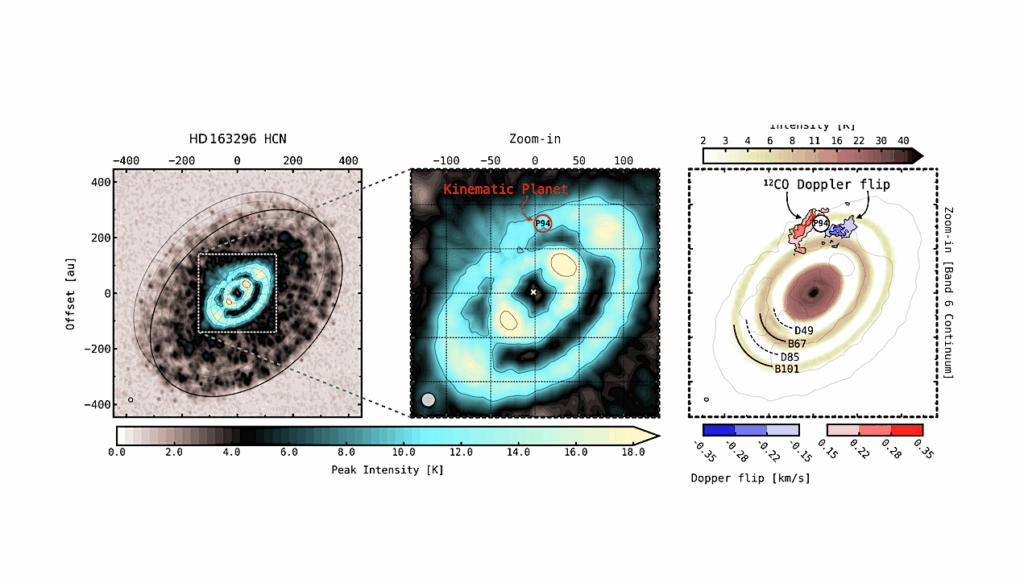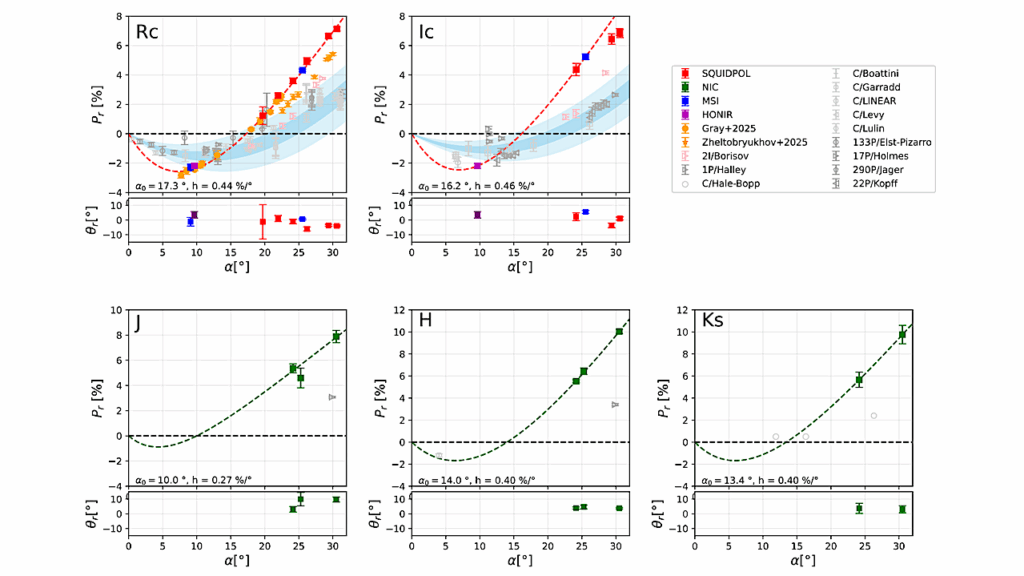Triton’s Captured Youth: Tidal Heating Kept Triton Warm and Active for Billions of Years

Neptune’s moon Triton has two remarkable attributes: its retrograde orbit suggests that it was captured from the Kuiper Belt, and Triton has one of the youngest surfaces of all the icy satellites in the solar system.
Soon after capture, Triton experienced strong diurnal tides raised by Neptune, which caused intense deformation, heating, and melting of its ice shell as its highly eccentric initial orbit was circularized.
While previous studies have suggested that Triton’s orbit would have circularized early in solar system history, we show that internal feedbacks between tidal heating and ice shell melting significantly reduce the orbital evolution rate, causing strong tidal heating to persist for billions of years.
We simulate Triton’s post-capture evolution over a range of initial semimajor axes and ice shell properties. We find that Triton’s ice shell would have been extremely thin (1–10 km) for a period of 1–4 billion years, with tidal stresses strong enough to fracture the entire ice shell down to the subsurface ocean.
A final phase of intense geologic activity may have occurred after tidal dissipation waned, in which late-stage ice shell thickening caused ocean pressurization potentially sufficient to refracture the ice shell and push water to the surface. Such overpressurization could have caused recent massive cryovolcanic resurfacing, perhaps explaining Triton’s geologically young surface.
It is therefore possible that Triton’s youthful surface and its origin as a captured satellite may in fact be related. A long-lived subsurface ocean and extended thin ice shell period also greatly increase Triton’s astrobiological potential.
Triton’s Captured Youth: Tidal Heating Kept Triton Warm and Active for Billions of Years,
N. P. Hammond and G. C. Collins The Planetary Science Journal, Volume 5, Number 9
Citation N. P. Hammond and G. C. Collins 2024 Planet. Sci. J. 5 200 (open access)
Astrobiology








